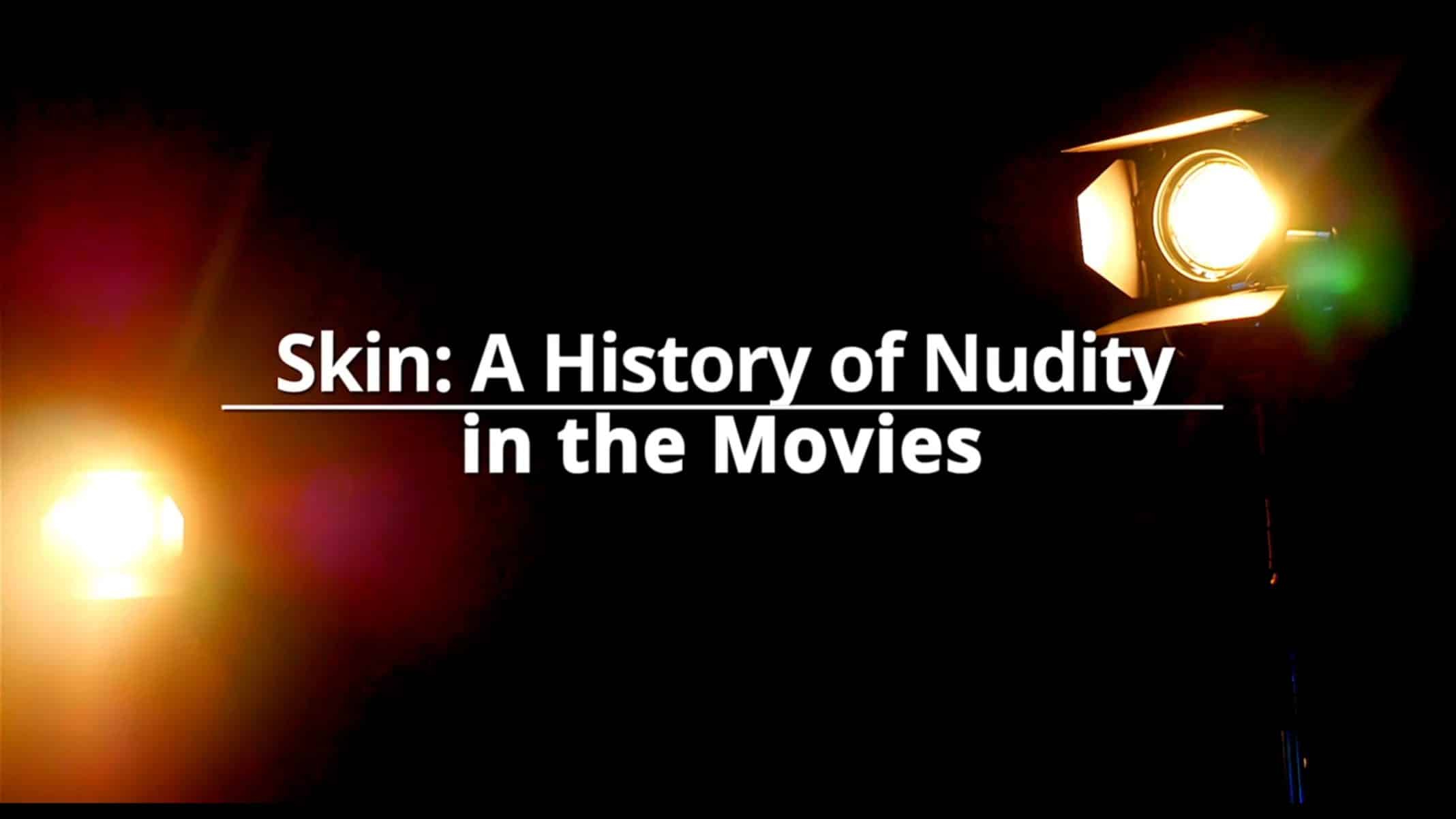Skin: A History of Nudity In The Movies – Review/ Summary
While Skin: A History of Nudity In The Movies is informative, it’s utter lack of perspective for people of color, beyond Pam Grier, is a HUGE oversight.

Spoiler Alert: This summary and review contains spoilers.
Additionally, some images and text may include affiliate links, meaning we may earn a commission or receive products if you make a purchase.
While Skin: A History of Nudity In The Movies is informative, it’s utter lack of perspective for people of color, beyond Pam Grier, is a HUGE oversight.
| Director(s) | Danny Wolf |
| Screenplay By | Danny Wolf, Paul Fishbein |
| Date Released (Digital) | 8/18/2020 |
| Genre(s) | Documentary |
| Duration | 2 Hour, 10 Minute |
| Rating | Not Rated |
This content contains pertinent spoilers.
Plot Summary
From the late 1800s, when film began, to the 1900s, where studios and directors had all the say, including how many nude scenes there must be and the power to push desperate actors, we hear about it all. There is minimal talk about Pam Grier and her experience, as well as mention of The Crying Game, which is a movie about a trans person. However, largely the focus is on white men, white women, and the films they produced. All of which had to survive censorship, and a conservative America, to being as raunchy as it could be, to how the #MeToo movie has led to the rise of intimacy coordinators and the essential question of: When is nudity exploitative or called for?
Things To Note | Question(s) Left Unanswered
- Why It’s Not Rated: There is a lot of female and male nudity ranging from breasts to pubic hair, and some visible labia in the form of Sharon Stone in Basic Instinct.
Collected Quote(s) & .Gifs
The purpose of art is to take what we have now, and argue with eternity that it belongs in the eternal dialogue.
[…] the double edge is, always in show business, is you want to be attractive enough that people want you to be naked. But you want to work with people that aren’t gonna abuse it.
When the empathy is apt, then you know it’s necessary. When the empathy is drained out, there’s objectification happening.
Review
Highlights
It Breaks Things Down So Beautifully
There is nothing more we love than when a documentary does two things: The first is reminders of who is talking throughout the film and when they break up the movie into decades. Why do we love this? Well, if a movie is two hours of people giving their insight and opinion, you’ll want to know who they are and often certain people disappear for lengths of time. If not they may not leave that much of an impression when they first appear but do so later on.
But, in terms of the subject matters, it is always interesting to see how American culture can be seen through the media of the time. For essentially, while films may never be at the forefront, it does show when there is a major official shift in the culture and often gives you an idea where things are going. So to see how liberal and sexual things got before the Hays Code, it reminds you that, even before the sex revolution of the 60s and 70s, times were changing. It’s just, as the United States often does, the pendulum swung, and it always swings back hard.
However, as you watch things go back and forth and take note of major films, actors, and directors, it feels like a well-laced means of understanding how we got here, who are some of the considered major players, and the films that you should follow up on.
Low Points
With The Exception of Pam Grier, It Exclusives Has White Commentators & Focuses On White Creatives
There is always this weird tug as a non-white person when it comes to watching the history of any industry, and you not necessarily feeling seen. What perhaps really felt like a kick was that, outside of Pam Grier, there isn’t any mention of women of color. The Blaxploitation era is breezed over, and the film doesn’t seek to educate you on how nudity has played a role for Black women, Asian women, Latinx, and others.
For example, a part of me would have liked to see Spike Lee or Rosie Perez talk about the nude scene they had together and how, culturally, nudity played a role in their film. Heck, considering there is a mention of Kathy Bates and older women doing nudity, as well as women looking back who once did nudity but barely, or don’t, any longer, it would have been nice to include Angela Bassett, Halle Berry, or someone to help mix things up a bit.
On top of that, while I can’t think of a lot of men of color who have done nude scenes, the missed opportunity to talk about racial fetishes, put some light on how the #MeToo movement did more than touch upon white women, that would have been nice.
Making it so, as much as I appreciate the history and commentary, it all feels incomplete, and you have to question if this was made with blinders on and an unwillingness to give a full history rather than a whitewashed version.
Overall
Who Is This For Who Is This Not?
- For: History buffs
- Not For: People who find documentaries boring, who want a diverse understanding of how nudity for all kinds of actors played a role
Would Watch Again? – One and Done
Rating: Mixed (Divisive)
There is a desire to praise how the film breaks things down by decade, has many of the notable figures, either the actor or director, speaking on the film or time, and how you’re given an understanding on how we got here. Why the #MeToo movement didn’t begin because of Harvey Weinstein, but was triggered because of his actions, and how things are beginning to change.
However, what Skin: A History of Nudity In The Movies does, like so many documentaries about the industry, is omit the role non-white people played and, at best, having tokens, like Pam Grier. Leaving you not disgusted but disappointed for it acts as a continual reminder of what and who are treated as the standard, who should be speaking from a position of authority on a subject, and pushes the idea that focusing on other races or cultures is too niche.
Hence the mixed label. While Skin: A History of Nudity In The Movies is educational, it feels incomplete in an intentional way.


